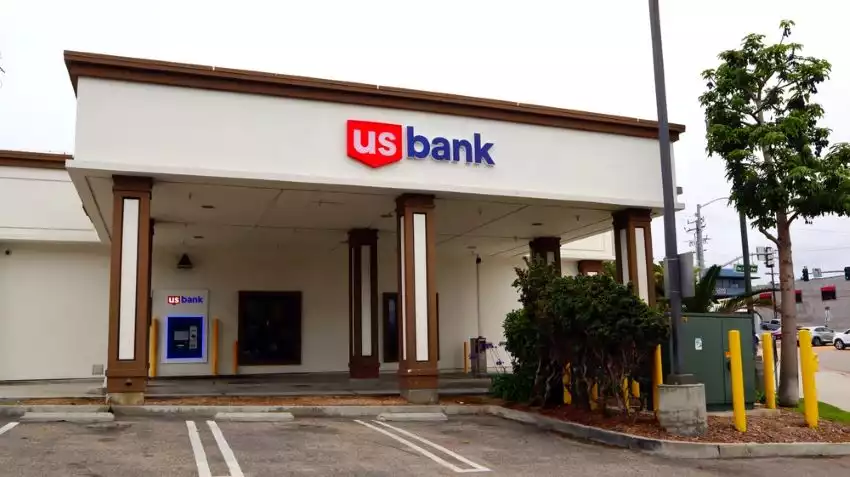It’s 2025 - Should You Forgo a Brick-and-Mortar Bank Altogether?

The role of the neighborhood bank branch has been shrinking for years, and in 2025 the question is unavoidable: do you even need one anymore?
Between online banks offering high-yield accounts, brokerages paying generous interest on cash, and apps that let money move instantly, the local branch may feel more like a relic of the past than a necessity. But before going fully digital, it’s worth weighing what’s gained—and what might still be lost—by saying goodbye to brick-and-mortar banks.
The Strong Case for Going Fully Digital
The advantages of digital-first banking are hard to ignore. Online-only banks and financial apps don’t carry the overhead of maintaining branches, and those savings are passed to customers. That often means better interest rates, fewer fees, and more innovative features. Some online banks now offer same-day paycheck deposits, automatic savings tools, or integration with budgeting apps for real-time spending insight.
Convenience is another major factor. Mobile apps now allow depositing checks, paying bills, sending money, and chatting with live support—all from a phone. Many consumers, especially younger generations, can barely remember the last time they visited a branch. Banking is as digital as ordering groceries or booking a ride.
Why Branches Still Matter to Some
Despite the convenience of digital banking, branches haven’t disappeared entirely. They still serve important roles for certain customers. Small business owners may need to handle cash deposits or want a personal banker when applying for loans. Older consumers may feel more comfortable sitting across the desk from someone they trust rather than relying on a chatbot.
There’s also the human factor in crises. If an account is hacked or a wire transfer goes wrong, a local branch provides peace of mind. Even in 2025, not every problem can be solved with a few taps on a screen.
The Hybrid Approach: The Best of Both Worlds
Many consumers are opting for a hybrid approach: keeping a checking account at a local or regional bank for accessibility while moving most savings to online banks or brokerage accounts that offer higher returns. This combines convenience, better interest rates, and the safety net of in-person service when needed.
This approach is especially practical for families and business owners who value redundancy. If one account is frozen for fraud or an app suffers downtime, a secondary bank account ensures access to funds.
What the Future Likely Holds
The trend is clear: digital-first banking will continue to grow, and physical branches will keep shrinking. Some major banks are closing locations at record speed, shifting resources to digital platforms. But while branches may become rarer, they won’t disappear entirely. For a segment of customers, the reassurance of walking into a physical location will always have value.